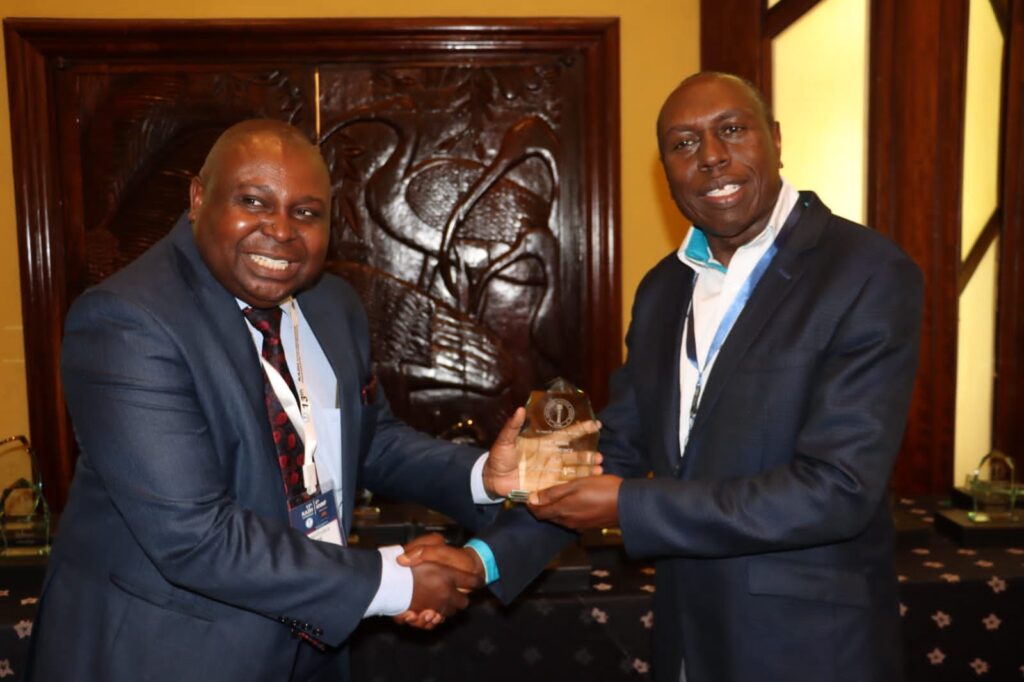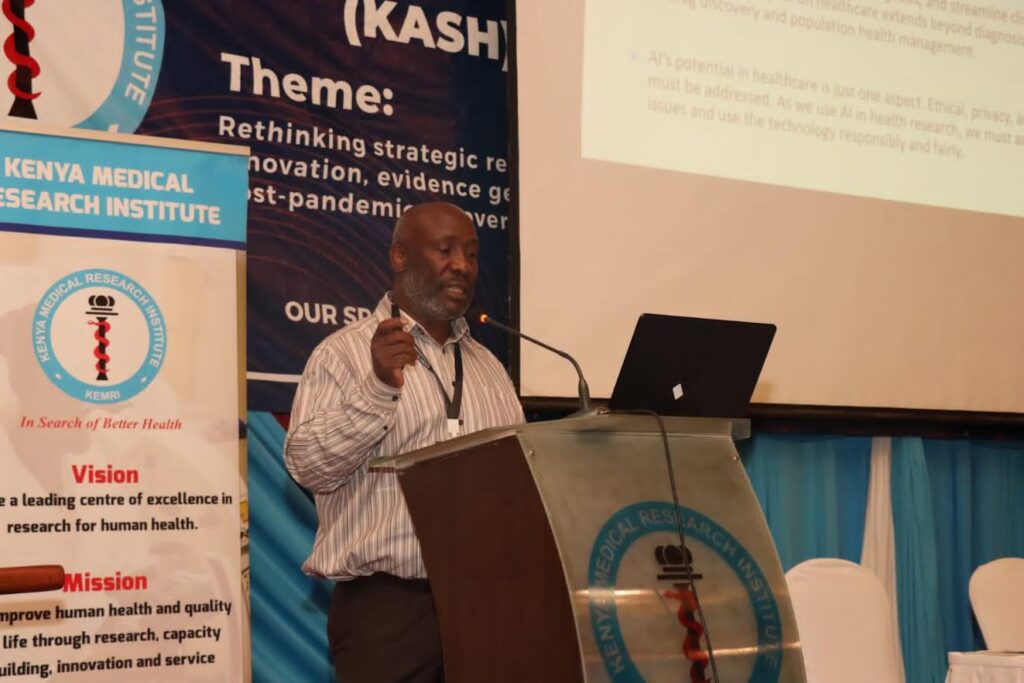KEMRI Holds Its 13th Annual Research and Health Conference

By Mourice Seretta
The Kenya Medical Research Institute (KEMRI) held its 13th KEMRI Annual Research and Health (KASH) Conference from 15th to 17th February 2023.
The conference, among other things, showcased the research activities that are going-on in the areas of its mandates as well as served as a forum for dissemination, networking, and highlighting ongoing and planned activities at country level.
The conference attracted an estimated 450 participants within Kenya and beyond.
Symposium sessions ran parallel to breakaway conference session and usually took place in the afternoon period. The half day sessions were usually allocated a maximum of 3 hours.
KEMRI has been researching Anopheles stephensi in Kenya. Anopheles stephensi is a malaria vector that thrives in both urban and rural settings. Following its detection in Kenya, there is a likelihood of malaria transmission occurring in urban and peri-urban setups in the country. The new mosquito poses a serious threat and could reverse the gains made in the fight against malaria. Anopheles stephensi, a malaria-causing mosquito, was originally known to occur and spread malaria in South-East Asia, the Middle East, and Arabian Peninsula. The mosquito species has been expanding its Geographic range over the last decade, with detections reported in Dhibouti (2012), Ethiopia and Sudan (2016), Somalia (2019), and Nigeria (2020).
KEMRI participated in Studies that were carried out across all counties in Kenya, in December 2022, which showed that the new malaria-causing mosquito Anopheles stephensi is present in Laisamis and Saku sub-counties in Marsabit County, Northern Kenya. This was confirmed through Laboratory assays conducted on the identity of the vector.
The Ministry of Health through the Division of National Malaria Programme (DNMP) and the Kenya Medical Research Institute (KEMRI) have carried out routine mosquito surveillance in different counties across Kenya and a sample of Anopheles mosquitoes was analyzed in the KEMRI laboratories to determine the species using the Anopheles stephensi protocol.

Across the twelve counties surveyed, the new mosquito was found in Marsabit County. The detection was done in four different surveillance sites in Marsabit County, where a total of 55 Anopheles larvae were collected but 11 died during transit. Of the 11 larvae, seven were identified as Anopheles stephensi. Forty-four larvae were reared into adults and then killed in a containment facility at KEMRI, four of which were shipped to the CDC for confirmatory testing. Forty newly emerged adults were tested and nine were identified as Anopheles stephensi.
Malaria in Kenya and Africa at large is known to occur in rural areas. Rainfall, temperature, and availability of unpolluted mosquito breeding habitats in rural areas favor the breeding of malaria mosquitoes. However, Anopheles stephensi is unique as it thrives in man-made containers and breeding habitats in polluted settings. The establishment of Anopheles stephensi in urban and peri-urban areas may pose a serious threat to malaria transmission in areas that have been Anopheles and malaria free. The disease is transmitted through the infectious bite of the Anopheles female mosquito.
In Kenya, malaria is spread by two major mosquitoes namely Anopheles gambiae and Anopheles funestus. However, the new Anopheles stephensi is different from the known malaria mosquitoes, as the mosquito exhibits different behavior from the known malaria mosquitoes in the country. The new mosquito thrives in urban settings, unlike known malaria vectors that are mainly found in rural areas. Anopheles stephensi mainly breeds in containers such as jerry cans, tyres, open tanks, sewers, cisterns, overhead tanks, and underground tanks. The known malaria mosquitoes in Kenya breed in rural areas in habitats such as water pools, rice paddies, streams, surface run-offs, streams, sprints, tyre tracks, and hoof prints. Hence, the new mosquito is invasive and can spread very fast to new areas with or without the known malaria mosquitoes, and this could pose a significant public health threat and as a result, reverse the gains made in the fight against malaria.
KEMRI continues to conduct routine entomological surveillance to determine the extent of vector distribution and mosquito infectivity rates. We call on the public to continue utilizing the available malaria control tools such as mosquito nets, repellants, and wearing long-sleeved clothing to prevent mosquito bites.





